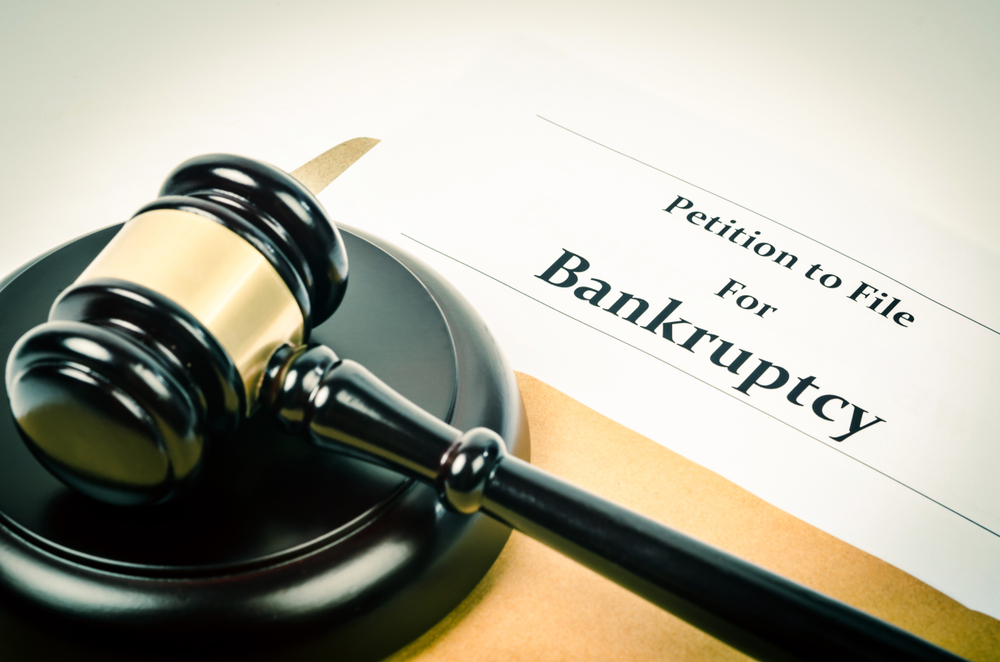The Government Accountability Office (GAO) recently conducted a review regarding large bank strategies for entering bankruptcy, if needed, and addressing related legal and financial obstacles.

After consulting with financial industry experts, the GAO report determined the strategies were likely to work if the bankruptcy were isolated to a single institution, but unlikely to work in the context of another widespread financial crisis.
The GAO said the five U.S. global systemically important bank holding companies (GSIB) in the review incorporated procedures and other controls in their 2017 resolution plans to mitigate financial and legal obstacles to orderly resolution under the U.S. Bankruptcy Code (Code).
GAO reviewed and analyzed academic and industry studies on resolution of large financial firms; public sections of GSIB resolution plans; laws, regulations and regulatory guidance on GSIB resolution plans; and proposals to amend the Code.
According to the report, most experts said a GSIB likely could execute its single point-of-entry (SPOE) strategy successfully if its failure impacted only itself, but most viewed success as unlikely if the failure occurred during a widespread market disruption. Some experts said it was important not to repeal the Orderly Liquidation Authority of the Dodd-Frank Wall Street Reform and Consumer Protection Act (Dodd-Frank Act), which allows the federal government, if warranted, to resolve a GSIB outside the Code.